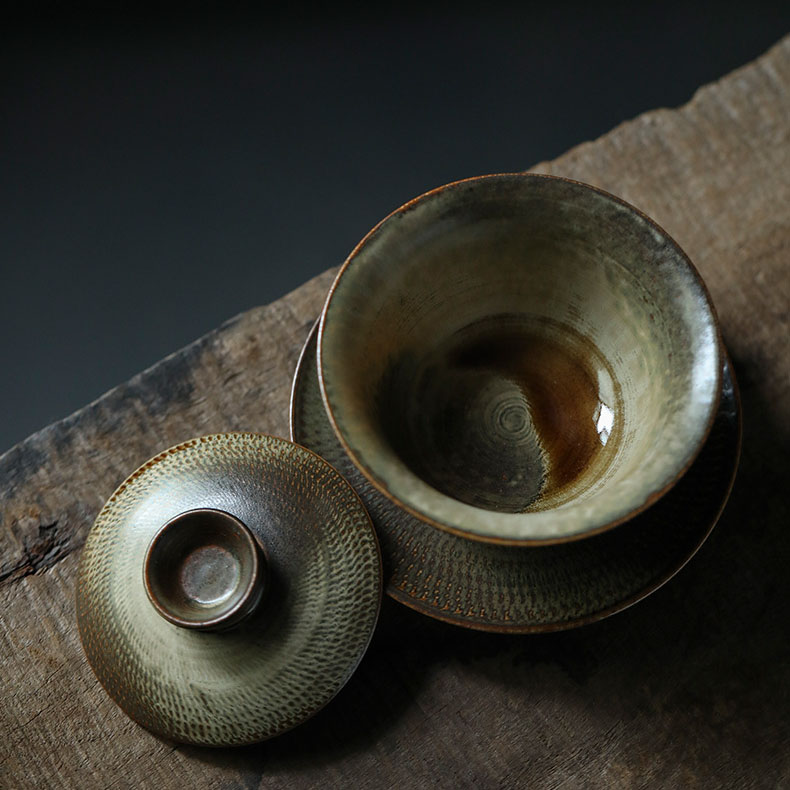
Some call it sweet, Others say it’s bitter.
Some love its delicate fragrance, while others dislike its astringency.
Before us, tea is an enigma —
full of change and uncertainty.
It is not black or white, but a gentle shade of gray, rooted in reality, yet drifting in reverie.
When tea becomes art, it is abstract.
On the surface, it is the act of brewing and sipping, but beneath lies an ineffable beauty.
The Way of Tea, much like art, uses tangible forms to express intangible feelings —
a realm of the heart that can only be grasped through quiet reflection and the passage of time.
Yet, when we face an abstract painting or a wordless melody, we often feel we “don’t understand” or “can’t comprehend.” This is the abstraction of art.
The abstract beauty of tea lies in the hue of the liquor, the whispers of its aroma, the shape and texture of its vessel, even the arrangement of the tea space —
all transcending mere function, and bordering on the “useless.”
Yet it is precisely this “useless” beauty that fosters a dialogue between soul and senses.
It invites us to release our grip on the concrete and perceive the subtle, the ethereal —
to savor the singular flavor that flows from stillness.
At its core, it is about awareness, the refinement of the self.
And the abstract art of tea is but one path to that cultivation.
(Note: The translation preserves the poetic rhythm while adapting cultural nuances—e.g., “茶道” as “The Way of Tea” (capitalized as a philosophy) and “无用” as “useless” (in quotes to mirror Taoist connotations of wúyòng, or beauty beyond utility). The structure mirrors the original’s blend of meditation and metaphor.)
Surrounded by lush mountains, the tea garden enjoys a humid microclimate, where the trees absorb a wealth of natural aromas from the surrounding forest. This enriches them with a complex bouquet of aromatic compounds, yielding a fresh, delicate flavor with a distinctive young chestnut fragrance.
A dedicated team of tea scientists, soil experts, and meteorologists collaborates to monitor the environment, ensuring optimal temperature and humidity during the shading period.
We nurture the soil through natural vegetation, cultivating fertile, living earth.
With advanced steam fixation techniques,
meticulous grinding using black crystal stones,
and an ultra-fine powder exceeding 1,200 mesh,
we preserve matcha’s vital nutrients while enhancing its unique “mortar-milled aroma.”
(Note: “臼挽香” is translated as “mortar-milled aroma” to convey the traditional Japanese stone-milling process that enhances matcha’s fragrance.)